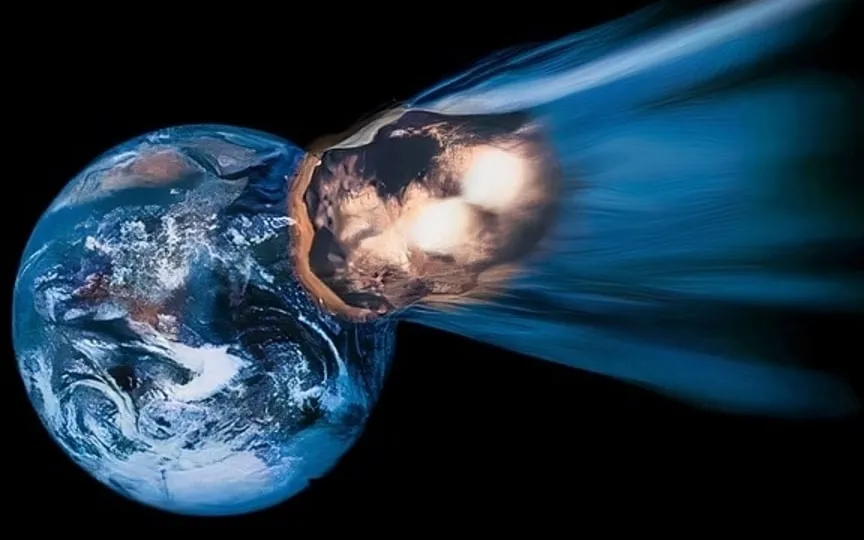NASA Alert: Earth’s Close Encounter with an Asteroid Today!
NASA, known for its extensive collection of ground and space-based telescopes and observatories, has made a remarkable discovery of 1,298,148 celestial objects to date. Among them, one particular space rock, named Asteroid 2023 VL5, is projected to have a close encounter with Earth today, November 16. The Center for Near-Earth Object Studies (CNEOS) at NASA has identified this asteroid, which will approach our planet at a distance of merely 3.2 million kilometers. Gain comprehensive knowledge about this imminent rendezvous with Asteroid 2023 VL5.
Asteroid 2023 VL5: Details of the close approach
NASA has revealed that Asteroid 2023 VL5 is approaching Earth in an orbit at 29,595 kilometers per hour, much faster than a hypersonic ballistic missile. According to the space agency, this asteroid is not large enough to be classified as a potentially hazardous object. A celestial body must be about 492 feet wide and pass Earth at a distance of less than 7.5 million kilometers to be considered a potentially hazardous object. Asteroid 2023 VL5, on the other hand, is 76 feet wide, making it almost the size of an airplane.
It belongs to the group of Aten asteroids, which are Earth-crossing Near-Earth Asteroids (NEAs) with semi-major axes smaller than Earth’s. They are named after the asteroid 2062 Ate, and the first of their kind was discovered by American astronomer Eleanor Helin at the Palomar Observatory on January 7, 1976.
The asteroid made its first close approach to Earth on June 14, 1900, at a distance of 3.1 million kilometers. After today, the asteroid will not come close to Earth until next year on November 14, when it will pass a distance of 3.6 million kilometers.
Asteroids were found hiding behind the Sun
Most asteroids are found in the main asteroid belt between Mars and Jupiter and can be easily observed with advanced ground-based and space-based telescopes. However, scientists have now found 3 hard-to-see asteroids hiding behind the sun’s glare!
According to NASA, one of them is the largest object potentially dangerous to Earth that has been discovered in the last eight years. To find and observe them, the team used the Dark Energy Camera (DECam) mounted on the Victor M. Blanco 4-meter telescope in Chile, a program of NSF’s NOIRLab. The region around the Sun is a very challenging place to locate celestial bodies because astronomers have to deal with solar glare.




